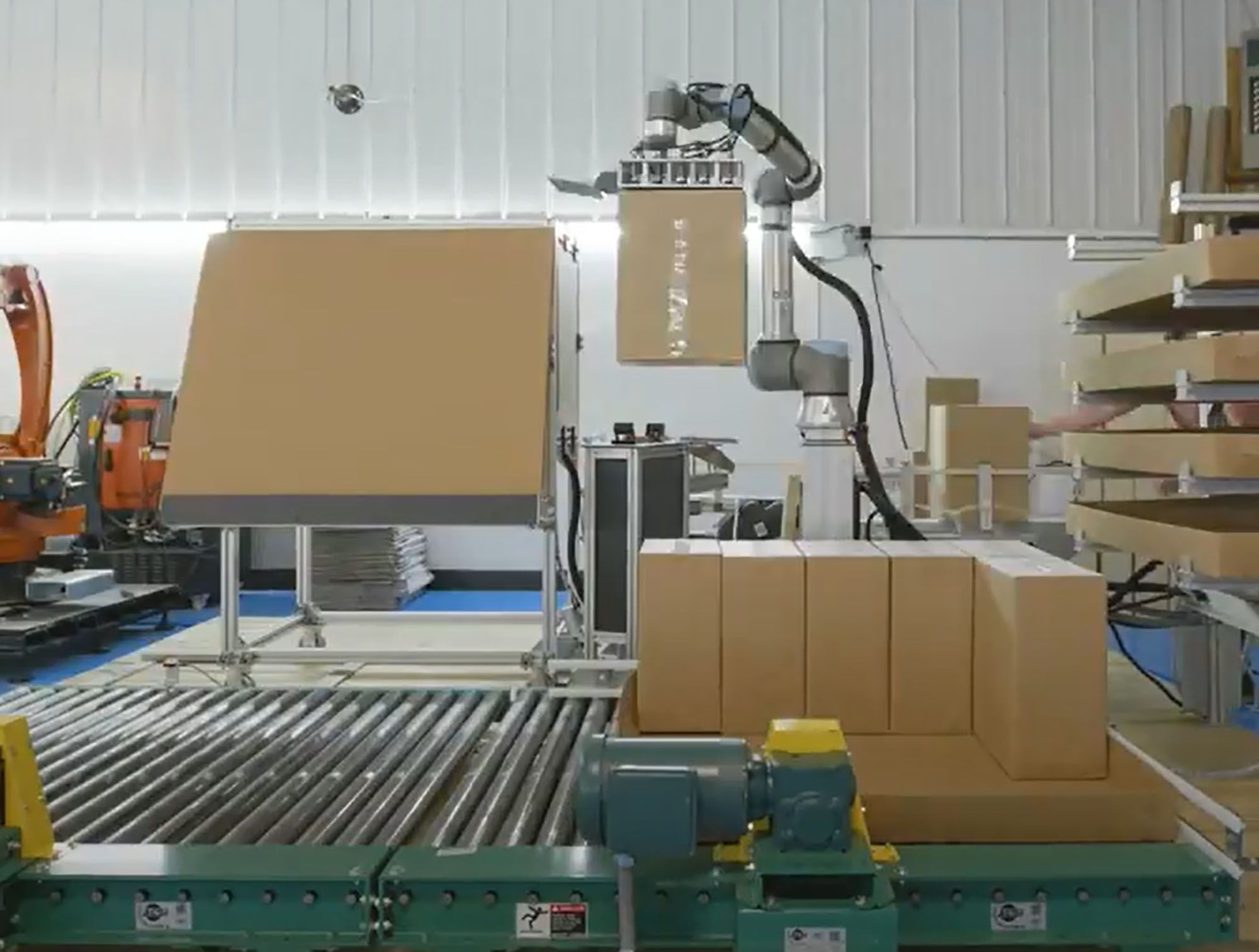Flex-Line Automation are integrators working with a variety of manufacturers to provide turn-key automation solutions across a wide array of industries. They started in the early 1980’s as a Flexlink conveyor system builder, one of the first in the US, and over the years Flex-Line had added other types of conveyors, feeders, pallet stackers, stretch wrappers, robots, cobots, and other ancillary equipment to meet customer’s needs for a “one stop shop” for their material handling projects.
Interview with Lauren (Rinne) Van De Mark, Sales & Marketing Manager at Flex-Line Automation.
Easy Engineering: What are the main areas of activity of the company?
Lauren (Rinne) Van De Mark: I like to say that at Flex-Line Automation, Inc. we help our customers move product from production through palletizing. In short, we provide automated solutions
during the construction of the product with various types of conveyance, feeding equipment, and machine tending solutions; but we also provide solutions for the end-of the line processes like box erection, case packing, palletizing, and even mobile robot integration.
E.E: What’s the news about new products?
L.R.V.D.M: The latest news is that we have added a vertical magazine option for our patent pending cobot case erector, the boxEZ. The boxEZ allows us to integrate a robotic arm to erect multiple sizes of boxes in a small footprint with no changeover. The solution can also case pack or palletize if the customer’s application allows for it. Historically we have only offered a horizontal box magazine for the solution, but due to customer request we are happy to begin to provide vertical magazines.

E.E: What are the ranges of products?
L.R.V.D.M: Being an integrator, this is a hard question. Can I say everything? That is what it feels like a lot of the time. We work with a variety of conveyor manufacturers to provide table top, belt, chain, and roller conveyors in both light and heavy-duty styles. We also carry several others like back lit conveyors, screw conveyors, or can custom build vacuum conveyor sections. We provide pre-feeders and centrifugal feeders with our partner, Shibuya Hoppmann. We work closely with several robot manufacturers as well, integrating Staubli, Comau, UR, MiR, Kuka, Global AGV, and more to create custom solutions based on our customer’s needs. We have also started working closely with PALOMAT, to provide pallet organization and warehouse solutions for our customers.
E.E: At what stage is the market where you are currently active?
L.R.V.D.M: I think it is in a growth stage. We are seeing a great deal of interest in automation solutions due to the lack of available labor, and the desire of our customers to automate dull and dangerous tasks to improve work conditions.
E.E: What can you tell us about market trends?
L.R.V.D.M: I have definitely seen conveyors become more of a commodity in my time here, which was a big change for us. Collaborative robots continue to be a game changer for making automation more accessible to smaller companies and those with high-mix low-volume production runs that have historically made automating more difficult.

E.E: What are the most innovative products marketed?
L.R.V.D.M: I see a lot of different 3D printed EOAT and things that are just “cool” both on LinkedIn and in person at trade shows, but I think the products with the biggest innovation bang for their buck are the ones that really meet a customer’s needs like our boxEZ, and the UR20 which was launched by our partner UR last year. It may not be innovative from the standpoint that other options exist doing a similar task, but the increased flexibility and reduced footprint that both offer is revolutionary.
The UR20 is a gamechanger for the collaborative robot space and allows integrators like us to come up with some unique solutions for our customers problems that we couldn’t previously solve due to financial and space constraints. Even, in the case of the boxEZ, allowing us to erect and palletize some pretty large boxes. So it all feeds back together to advance more innovations in the industry. It is really exciting.
E.E: What estimations do you have for 2023?
L.R.V.D.M: I think we will continue to see businesses seek to automate more of their facilities. Automation is going to allow for some re-shoring here in the US and I think industrial automation is a great industry to be in right now. I have also seen a large increase in the number of other women joining the industry, anecdotally at trade shows, and I think that is a really exciting trend.

